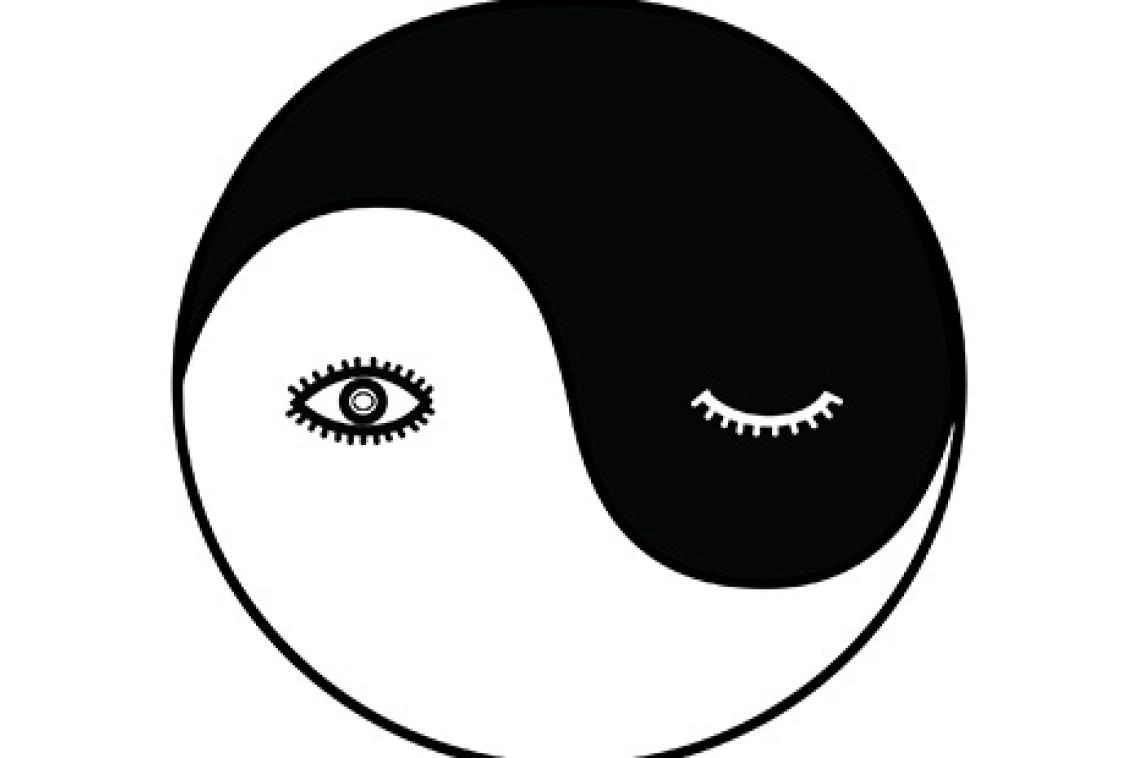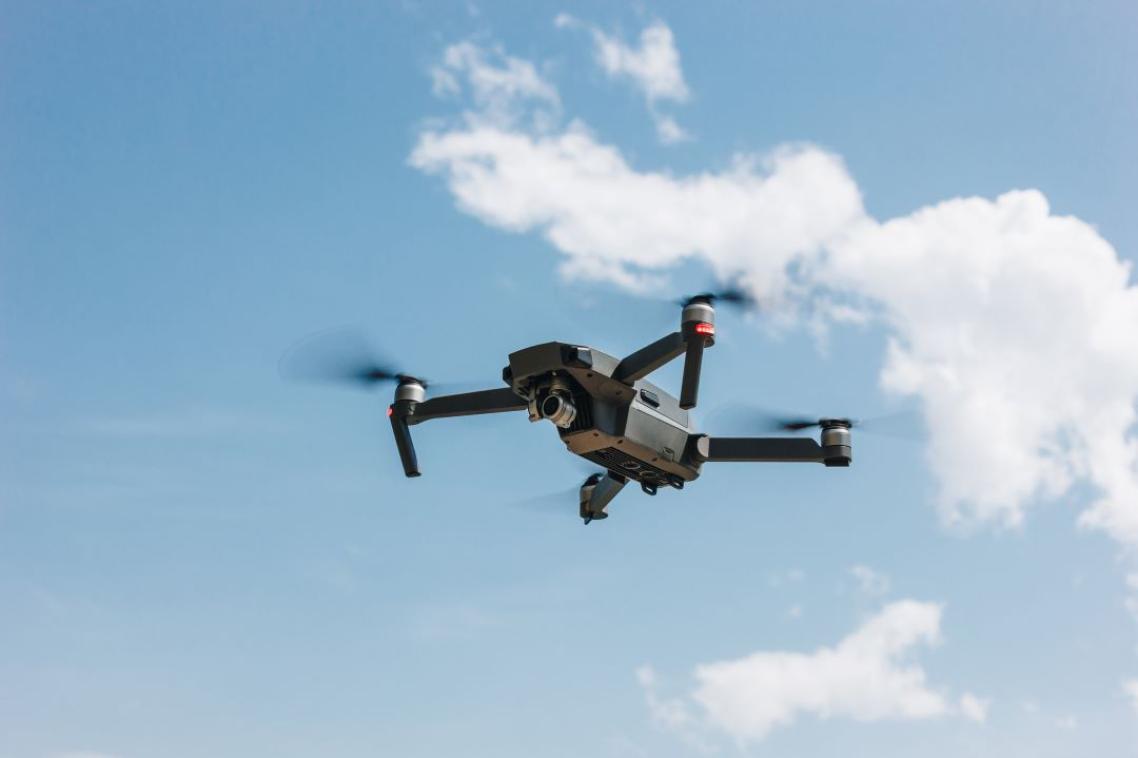The yin and yang of sleep and attention

Being able to pay attention during the day relies on doing the exact opposite at night, according to University of Queensland scientists.
Building on previous studies, the Queensland Brain Institute (QBI) team has developed new ideas on how sleep and attention might be related, and may have even co-evolved to regulate each other, much like yin and yang.
PhD student Ms Leonie Kirszenblat, who is researching fruit flies, said that sleep served several distinct functions that may have evolved as brains became more complex.
"In animals with simple nervous systems, for example nematodes, sleep-like states are triggered during developmental stages like moulting, or by environmental stress, such as high temperatures,” she said.
“However in animals with more complex nervous systems, including insects and mammals, sleep is not simply tied to development or stress but is an everyday occurrence that is needed to support cognitive functions such as selective attention.”
Ms Kirszenblat said that to understand the functions of sleep, we need to get clues from studies in different animals.
“Studies in different animals suggest that tasks requiring more attention lead to a greater need for sleep and increased sleep intensity.”
She said that since sleep and attention seemed to have mutual effects on each other, they appeared to be complementary like the yin and yang of Chinese philosophy, in which contrary forces combine to create harmony.
Ms Kirszenblat’s PhD supervisor, Associate Professor Bruno van Swinderen, said sleep and attention both allowed the brain to ignore irrelevant information, and could use similar brain mechanisms to do this.
“This is a revolutionary way of thinking about how the brain works during sleep and wakefulness,” he said.
“Although sleep and attention seem like opposite brain states, they both essentially help an animal to ignore the outside world.”
The paper is online in the journal Trends in Neuroscience.
Media: Queensland Brain Institute Communications Bernadette Condren, b.condren@uq.edu.au, +61 7 3346 6353; Leonie Kirszenblat, l.kirszenblat@uq.edu.au, 0422 801 739.
Topics
Related articles

Should you consent to your doctor using an AI scribe? Here’s what you should know.

How a drone delivering medicine might just save your life
Media contact
UQ Communications
communications@uq.edu.au
+61 429 056 139
